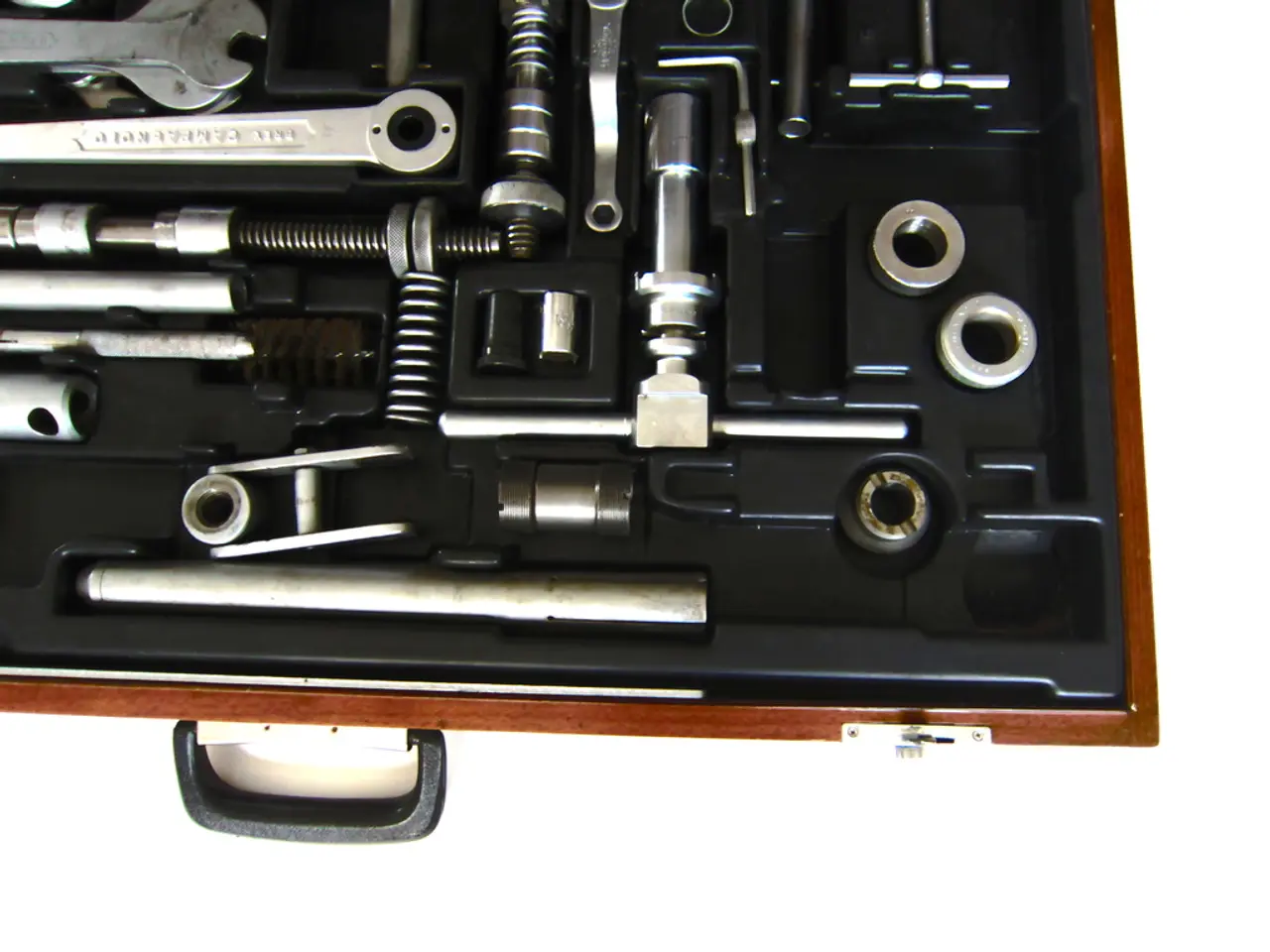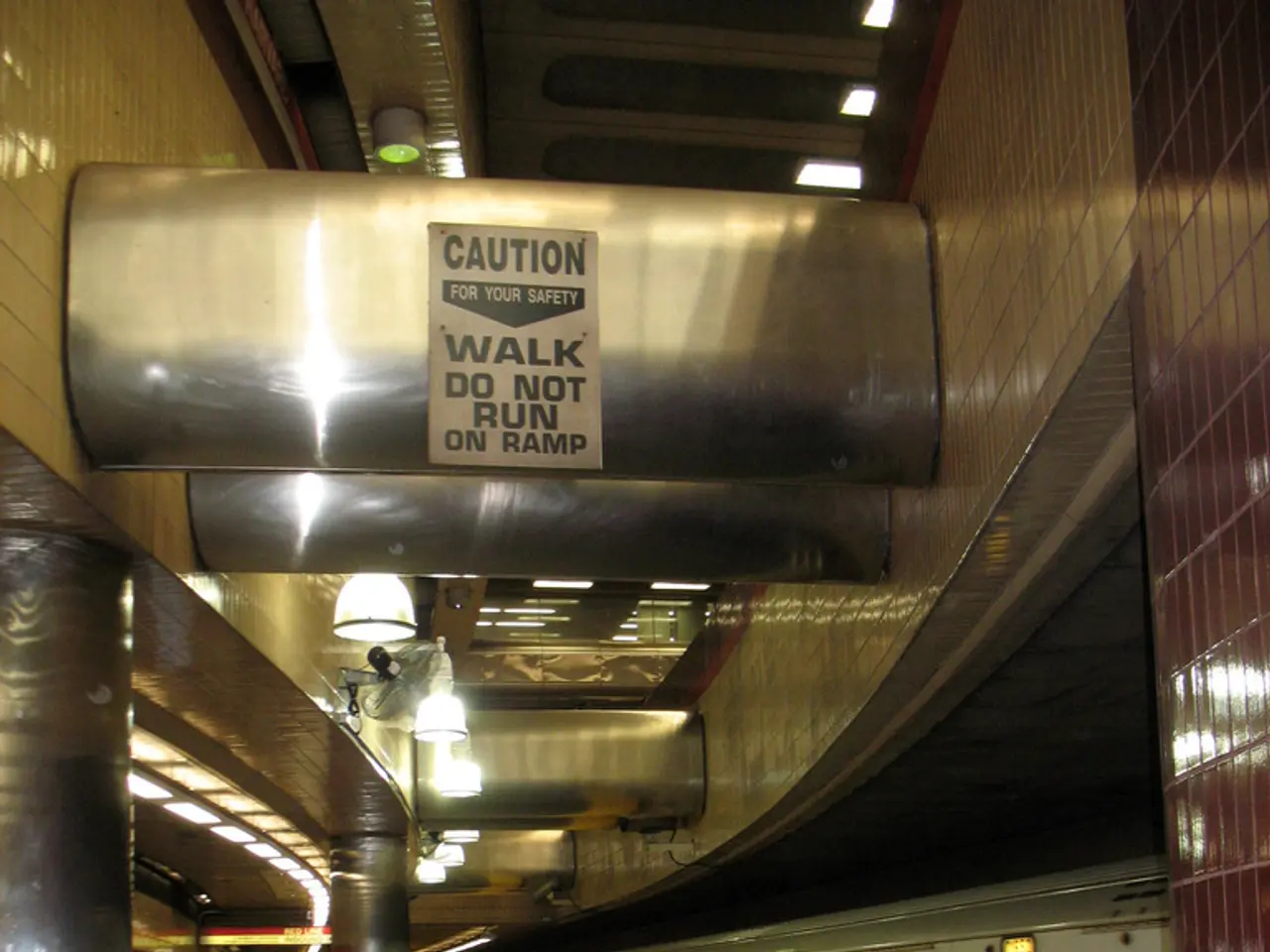Recommendations for FinderScope, Drawing from My Extensive utilization of Multiple Tools
News Article: Unmagnified Reflex Finders: A Guide to the Telrad and Rigel Quikfinder
Unmagnified reflex finders have gained popularity among amateur astronomers for their simple yet effective design in locating objects in the night sky. These devices project a simple aiming pattern onto a transparent screen, overlaying it on the sky view. In this article, we will discuss the advantages and disadvantages of using the Telrad and Rigel Quikfinder models, two popular choices among unmagnified reflex finders.
Advantages
1. Wide Field of View & Easy Target Acquisition - Both Telrad and Rigel Quikfinder use a large, unmagnified viewing window, showing a wide area of the sky. - This makes it very intuitive to zero in on bright stars or familiar asterisms without narrow-field hunting. - The Telrad’s set of three concentric circles corresponds to specific angular sizes, helping estimate angular separations easily.
2. Hands-Free and Parallax-Free Operation - Being reflex sights, you keep both eyes open looking at the sky and the aiming pattern superimposed—enhancing situational awareness. - These sights are parallax free at infinity, making aiming extremely accurate without needing to align the sight perfectly to the eye.
3. No Batteries or Minimal Power Consumption - Although both typically use battery-powered LEDs, the current draw is minimal, and the brightness is easily adjustable. - Telrad historically uses simple LEDs; Rigel Quikfinder models often use bright red LEDs as well. Battery life can last many sessions.
4. Robust and Weather Resistant - Minimal moving parts and solid construction make them durable. - The glass optic is usually protected from the environment better than some optical finders with lenses.
5. Useful for Star-Hopping - Especially with the Telrad’s concentric circles, users can star-hop from known stars to faint objects by measuring angular offsets visually.
Disadvantages
1. No Magnification—Cannot See Faint Stars - Unlike magnifying finders, these sights only show the naked-eye sky with an LED pattern. - Faint targets or star fields needed for precise star hopping may be invisible, making it difficult in light-polluted skies or for dim objects.
2. Requires Clear Dark Skies and Some Practice - Users must be familiar with star patterns and able to recognize stars with the naked eye; novices may find it difficult. - In urban areas where fewer stars are visible, it becomes less effective.
3. Alignment Can Be Tedious - Although alignment is quite stable once done, the process of precisely aligning the sight so the aiming pattern matches the telescope’s center can be fiddly. - Over time, bumping or shocks can require realignment.
4. Bulky Footprint and Mounting Considerations - The Telrad, especially, is physically larger than many other finders, requiring more mounting space and a sturdier base, which can be an issue on small or delicate telescopes. - The Rigel Quikfinder is smaller but still larger than simple red-dot reflex sights used in optics like rifles.
5. Bright LED May Cause Night Vision Issues - If not dimmed properly, the LEDs can cause glare or temporarily spoil dark adaptation. - The fixed brightness range may not suit all observers’ preferences.
6. Limited to Line-Of-Sight Targeting Only - Since it’s unmagnified and based on a fixed pattern projected on glass, it cannot help with in-depth viewing or fine frame alignment like some finder scopes or magnifying reticles.
Summary Comparison: Telrad vs. Rigel Quikfinder
| Feature | Telrad | Rigel Quikfinder | |--------------------------|-----------------------------|------------------------------| | View Size | Large (approx. 2.5") | Smaller (~1-2") | | Reticle Pattern | Three concentric circles | Grid pattern or dot | | Mounting Size | Larger and heavier | More compact and lighter | | Alignment Ease | Stable but initially fiddly | Also stable, generally easier | | Ideal For | Wide FOV, star-hopping | Casual aiming, simpler scope | | Cost | Higher | Lower |
In summary: unmagnified reflex finders like the Telrad and Rigel Quikfinder offer a very natural, intuitive way to locate objects with a wide un-magnified field and useful aiming reticles, excellent for star-hopping and quick acquisition. However, they lack magnification, so they are limited by sky brightness and target visibility, require some practice to use effectively, and the physical size and mounting might not suit every telescope type equally. The choice between Telrad and Rigel depends on preference for reticle style, size, and budget.
1.Beyond the scope of unmagnified reflex finders like the Telrad and Rigel Quikfinder, niche night sky explorers might benefit from employing other telescopes, such as refractor or reflector ones, which offer magnification for discerning faint stars.
- For individuals who find the Telrad's concentric circles challenging to decipher, it's worth investigating reflector telescopes that provide a more familiar grid reticle pattern.
- As many beginners turn to telescopes and gadgets to immerse themselves in the universe's wonders, understanding and mastering the advantages and disadvantages of various tools within their field of view – like the Telrad, Rigel Quikfinder, or even technology-advanced mounts for steady observation – will greatly enhance the overall astronomical experience.
- While unmagnified reflex finders have traditionally been parallax-free, advances in reflector telescope technology are now experimenting with correcting that issue, enabling more accurate celestial alignment even when using optical instruments.
- With the proliferation of high-tech telescopes, it's crucial for stargazers to evaluate the compatibility of their choice of unmagnified reflex finder – specifically, whether the bulky footprint of the Telrad or the Rigel Quikfinder's smaller, lighter profile suits their preferred mounts and telescopes better.




